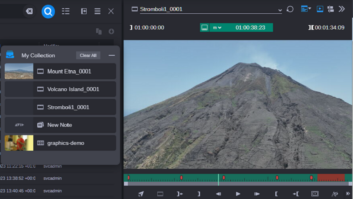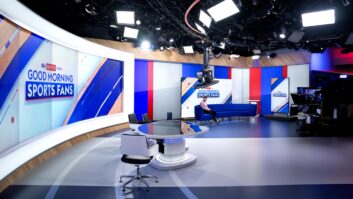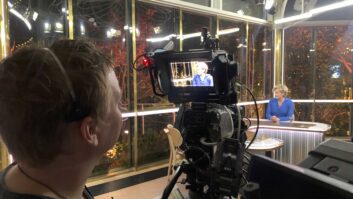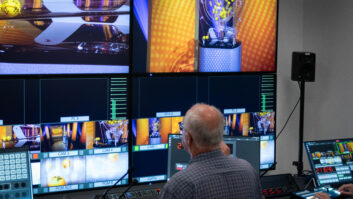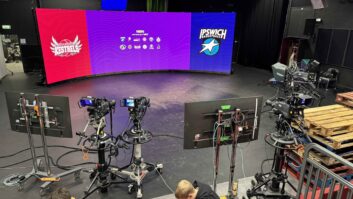High dynamic range (HDR) continues to gain popularity with viewers, and it’s easy to literally see why: It delivers noticeably better image quality than standard dynamic range (SDR). However, broadcasters need to preserve SDR – at least for the near future – because so many legacy consumer televisions do not support HDR. So, how do you produce coverage of live sports or other events in HDR and SDR simultaneously without separate trucks and crews – and without investing in all-new HDR equipment?
With its flagship 9904-UDX-4K up/down/cross converter and image processor, Cobalt Digital has developed an affordable solution that eliminates the need for separate SDR and HDR cameras and processing paths for HD and 4K live sports. Broadcasters can convert SDR sources – including cameras, servers, and graphics systems – for HDR productions. The 9904-UDX-4K provides an ideal hardware platform for Technicolor HDR solutions including the HDR Intelligent Tone Management (ITM) software, which offers real-time SDR-to-HDR conversion.
In June, Cobalt’s solution helped France TV to produce and distribute HDR and SDR content for the French Open tennis tournament. The technology was also used last year in the United States for some baseball and American football coverage. Broadcasters see the value of delivering HDR content using existing HD and 4K equipment, which is why Cobalt’s HDR conversion solution has been deployed by so many truck operators and OTT providers. The 9904-UDX-4K helps keep operating and capital expenses low while providing visually superior HDR and SDR results.
There are competing SDR-to-HDR conversion technologies available, but the Technicolor solutions offer a “learning” algorithm that delivers outstanding results, even if the operator is not an HDR specialist. Plus, the same technology can generate a single layer video stream to distribute SDR and HDR content with dynamic metadata (SL-HDR). As a result, when a network service provider transmits an SDR feed that was generated from HDR content, it will automatically deliver a full HDR experience if the viewer’s TV or set-top box is compatible.
It wasn’t that long ago when stations had to incur the cost of upgrading from SD to HD production. Now, we are seeing similar capital expenditures as broadcasters migrate from HD to 4K production gear. Essentially, Cobalt is trying to help broadcasters deliver yet another new production standard – HDR – without having to completely refresh their production equipment inventories again.
10.B44


